Taken down to the studs and remodeled in 2005 with Architect Jonathan Feldman leading the way, the modern Noe Valley home at 2 Kronquist Court sold for $2,185,000 in early 2006 and returned to the market last month listed for $2,750,000.
Yesterday, the sale of the three-bedroom, three-bath home closed escrow with a reported contract price of $3.3 million ($1,517 per square foot). That’s total appreciation of 51 percent on an apples-to-apples basis over the past nine years or roughly 4.6 percent per year.
Back in 2006, just before the market turned, the long-term average annual appreciation for homes in “bubble-proof” San Francisco measured 4.2 percent.
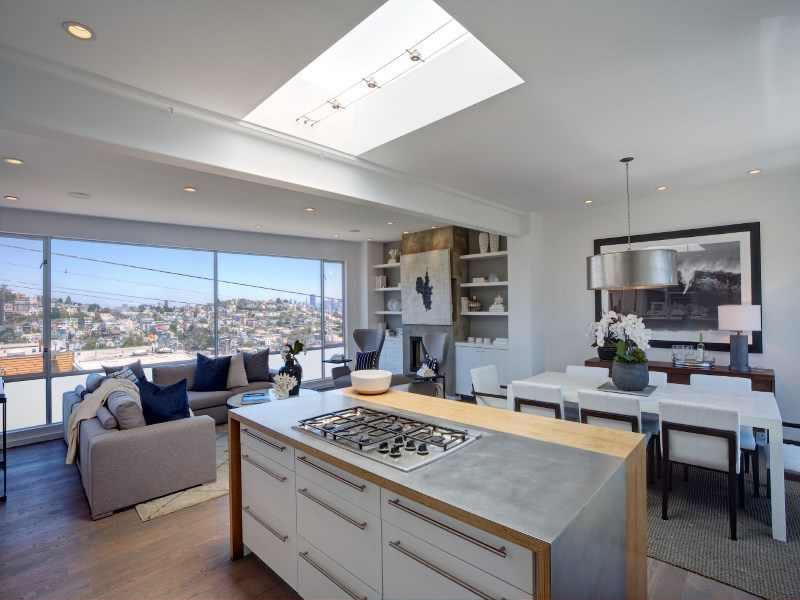
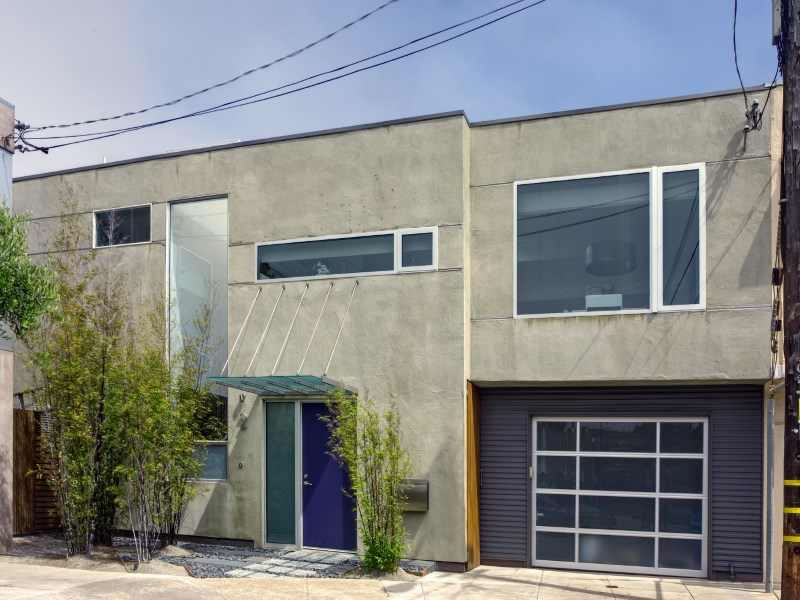
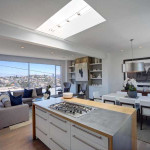
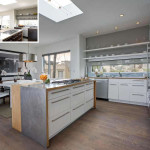

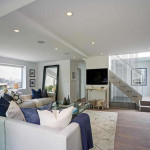

This is a good reminder that it has now been a significant number of years since the earlier bubble and crash, so seemingly large gains are sometimes really not that large. Up $1.1 million(!!!) seems pretty impressive. Up 4.6% a year – not so much. And that 51% gain is only about 33% in real terms. For comparison, the S&P 500 is up about 58% during this same time period, despite an epic market crash in 2008-09.
Still, these 2006 buyers did perfectly okay. They are lucky they did not have to sell in 2009-2012 due to a move, illness, divorce, etc.
It looks as if they leveraged an initial 685K investment, actually. I’m going to assume they made intelligent stock market investments during the same time period.
I am not sure what we are meant to infer from the similarity of the 1949-2006 appreciation rate for the overall market and the ’05-’15 appreciation rate for this specific house.
I think you mean it is evidence of overvaluation, but seems that apples and oranges in a couple of dimensions.
[Editor’s Note: Not at all. For those who believe in mean reversion and apples-to-apples measures of appreciation, it would suggest that that this house, in one of the strongest markets in the city, was right in line. And that mid-4 percent is a good number to keep in mind.]
The stucco work on the exterior looks worn.
Yes, the stucco looks bleak.
5% annual appreciation x 5 thanks to 20% down is 25% a year. Live for free and beat the market. Amazing!
It’s not quite that simple. With 70 percent leverage and accounting for transaction costs and taxes, including a benefit of the mortgage tax deduction, but not accounting for the opportunity cost of the down payment, capital gains nor an implicit rent, the total cash-on-cash return was likely closer to 40 percent or a little less than 4 percent per year.
can you furnish that math please?
doubt it
This sounds about right. ~$500,000 in interest and ~$150,000 in property taxes (that is after deductions), ~$180,000 in transaction costs on both ends. Yields a net cash/cash gain of ~$285,000. On 30% down ($655,000) that is about a 41% gain over 9 years. That assumes $0 maintenance and insurance.
People often “forget” about mortgage interest, property taxes, and transaction costs when talking about the fantastic returns of selling a home – those are all very high costs.
Where do you get all those numbers? How much money are they getting back that they would otherwise have evaporated into rent? The past five years have been peak rent years.
Confused by your numbers, here’s mine:
$655k 30% down
$300k mortgage principal over ownership period (assuming 30 yr fixed @ 4%)
$520k mortgage interest over ownership period (assuming 30 yr fixed @ 4%)
$180k transaction costs (didn’t calculate, just took yours)
$150k property tax (didn’t calculate, just took yours)
That nets $1.495m profit on a $3.3m sale, which seems like more than 40%. Unless I haven’t had enough coffee.
And they lived in a nice house for nine years.
I was using the ed.’s assumptions – “not accounting for the opportunity cost of the down payment, capital gains nor an implicit rent, the total cash-on-cash return”
For a more complete picture, one would factor into account all these savings or costs. Also, maintenance and insurance.
I used 5% interest. 6-7% was more like it in 2006 for a jumbo loan. Assuming a refi in there gives you an average of about 5%. You can only deduct interest on the first $1 million. I did not factor in AMT, which likely would have made the tax savings less and therefore made the return lower.
They had a good result – just not “amazing!!!” They would have done a lot better if they had bought in 2011 rather than 2006. And they would have done a lot worse if they had sold in 2011 rather than 2015. Even with this seemingly very strong result, it turns out to be middlin’ when you dig deeper because of all the costs of buying/owning/selling a home (which is, I believe, the point the ed. was making).
why is comparing real estate someone actually lives in to stocks a thing on here? i mean, i get comparing speculative real estate to stocks. but end user real estate? why? why is ignoring the hundreds of thousands otherwise lost in a similar property in rent a thing?
The ed. was commenting on this post: “5% annual appreciation x 5 thanks to 20% down is 25% a year. Live for free and beat the market. Amazing!” – which echoes a common but extremely flawed way of assessing the numbers.
Apparently, ignoring all the costs of buying, selling, and owning a home is “a thing” as my 12-year-old daughter would put it.
You can always present whatever numbers you want to make your point. The math is not difficult.
except the S&P has been beating 25% per year over the last several years. stock market is almost always a better long term investment
True, although you generally can’t get a 4% loan to buy a couple million in securities. And you also don’t get tax breaks encouraging you to do so.
of course you do. i pay cap gains tax which are much cheaper taxes and can defer even a lot of that over several years. you can also leverage via short selling or going on margin. if i only had $250k in assets (which is almost whats needed for a downpayment with a $1.15M median), i sure wouldnt use it to buy a house in SF. nobody’s buying SF homes with 4% down
4% interest, not 4% down.
This street has a wonderful family vibe. I see kids using the cul-de-sac to play and ride bikes–and it’s sheltered and sunny. How come I am the only one who ever mentions that this house has the COOLEST garage in the city? Enter on Kronquist through the front garage door exit unseen through the back garage door on to a dead end of Cesar Chavez? Personally, I hate backing up out of any garage so to me this is worth the price of admission.
I don’t think you can pull your car through to Cesar Chavez, can you? or is that not what you’re saying?
Yes you can pull through to an alley that connects to Cesar Chavez.
I don’t think you can drive on that, and it sits above the southerly divided part of Cesar Chavez, as well.
you can drive back to Diamond on that alley, though. Cool escape option!
I sold a home pre-crash and it sold again this year for basically the same annual appreciation percentage as this place… Also apples-to-apples.
Do think that the gains now are well above what everyone bar maybe the most optimistic 5% or smaller would have predicted in, say late 2011.